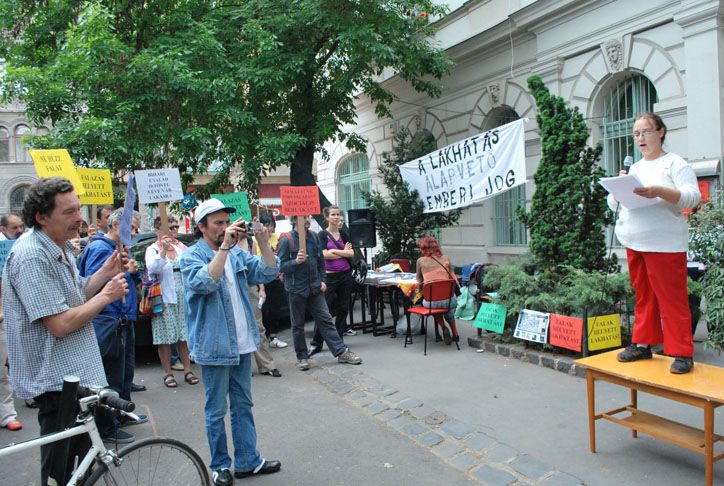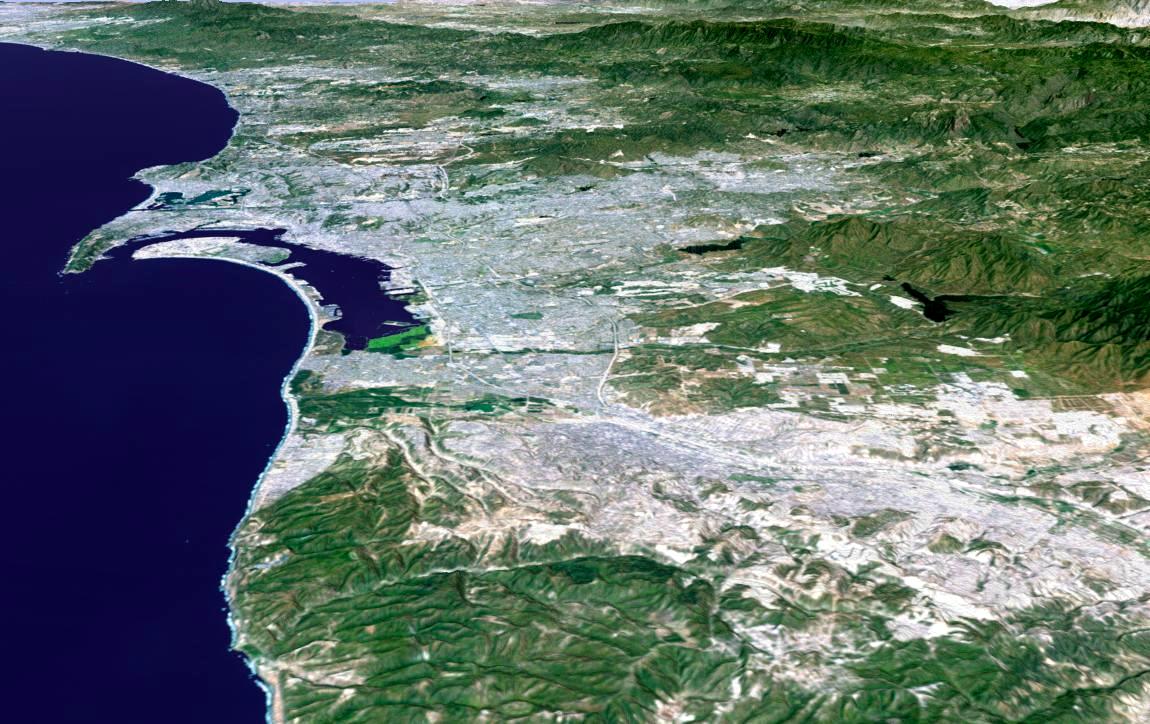|
Fire Safe Council
Fire safe councils are grassroots community-based organizations in California that share the objective of making communities less vulnerable to catastrophic wildfire. Fire safe councils accomplish this objective through education programs and projects such as shaded fuel breaks or firebreaks to protect area residents against an oncoming wildfire and to provide firefighters with a place to fight the oncoming fire. The first fire safe councils started in the early 1990s, and there are now over 100 around the state. The California Fire Safe Council, Inc. (CFSCI) was incorporated in mid-2002 with the primary role of operating the Fire Safe California Grants Clearinghouse. The grassroots fire safe councils are referred to as "local fire safe councils" (FSCs) to distinguish them from the CFSCI. Local fire safe councils usually include representatives from: *Fire agencies, including the California Department of Forestry and Fire Protection (CDF or CAL FIRE), the US Forest Service, th ... [...More Info...] [...Related Items...] OR: [Wikipedia] [Google] [Baidu] |
Grassroots
A grassroots movement is one that uses the people in a given district, region or community as the basis for a political or economic movement. Grassroots movements and organizations use collective action from the local level to effect change at the local, regional, national or international level. Grassroots movements are associated with bottom-up, rather than top-down decision making, and are sometimes considered more natural or spontaneous than more traditional power structures. Grassroots movements, using self-organization, encourage community members to contribute by taking responsibility and action for their community. Grassroots movements utilize a variety of strategies from fundraising and registering voters, to simply encouraging political conversation. Goals of specific movements vary and change, but the movements are consistent in their focus on increasing mass participation in politics. These political movements may begin as small and at the local level, but grassroots ... [...More Info...] [...Related Items...] OR: [Wikipedia] [Google] [Baidu] |
Oakland Firestorm Of 1991
: The Oakland firestorm of 1991 was a large suburban wildland–urban interface conflagration that occurred on the hillsides of northern Oakland, California, and southeastern Berkeley over the weekend of October 19–20, 1991, before being brought under full control on October 23. The official name of this incident by Cal Fire is the Tunnel Fire. However, it is also commonly referred to as the Oakland Hills firestorm or the East Bay Hills fire. The fire ultimately killed 25 people and injured 150 others. The 1,520 acres (620 ha) destroyed included 2,843 single-family dwellings and 437 apartment and condominium units. The economic loss from the fire was estimated at $1.5 billion ($ in dollars). Origins of the fire The fire started on Saturday, October19, from an incompletely extinguished grass fire in the Berkeley Hills, northeast of the intersection of California State Routes 24 and 13 ( north of the Caldecott Tunnel west portal). Firefighters fought the fire on a steep h ... [...More Info...] [...Related Items...] OR: [Wikipedia] [Google] [Baidu] |
Cedar Fire (2003)
The Cedar Fire was a massive, highly-destructive wildfire, which burned of land in San Diego County, California, during October and November 2003. The fire's rapid growth was driven by the Santa Ana wind, causing the fire to spread at a rate of per hour. By the time the fire was fully contained on November 4, it had destroyed 2,820 buildings (including 2,232 homes) and killed 15 people, including one firefighter. Hotspots continued to burn within the Cedar Fire's perimeter until December 5, 2003, when the fire was fully brought under control. The fire remains one of the largest wildfires in California history and, as of January 2022, the ninth-largest wildfire in the state's modern history. According to CALFIRE, it is also the sixth-deadliest and fourth-most destructive wildfire in state history, causing just over $1.3 billion in damages. In November 2018, the Camp Fire (2018) surpassed the Tubbs Fire (which had previously surpassed the 1991 Oakland Firestorm and the Cedar Fi ... [...More Info...] [...Related Items...] OR: [Wikipedia] [Google] [Baidu] |
Riverside County
Riverside County is a county located in the southern portion of the U.S. state of California. As of the 2020 census, the population was 2,418,185, making it the fourth-most populous county in California and the 10th-most populous in the United States. The name was derived from the city of Riverside, which is the county seat. Riverside County is included in the Riverside-San Bernardino-Ontario Metropolitan Statistical Area, also known as the Inland Empire. The county is also included in the Los Angeles-Long Beach Combined Statistical Area. Roughly rectangular, Riverside County covers in Southern California, spanning from the greater Los Angeles area to the Arizona border. Geographically, the county is mostly desert in the central and eastern portions, but has a Mediterranean climate in the western portion. Most of Joshua Tree National Park is located in the county. The resort cities of Palm Springs, Palm Desert, Indian Wells, La Quinta, Rancho Mirage, and Desert Hot Sprin ... [...More Info...] [...Related Items...] OR: [Wikipedia] [Google] [Baidu] |
San Diego County
San Diego County (), officially the County of San Diego, is a county in the southwestern corner of the U.S. state of California. As of the 2020 census, the population was 3,298,634, making it California's second-most populous county and the fifth-most populous in the United States. Its county seat is San Diego, the second-most populous city in California and the eighth-most populous city in the United States. It is the southwesternmost county in the 48 contiguous United States, and is a border county. It is also home to 18 Native American tribal reservations, the most of any county in the United States. San Diego County comprises the San Diego-Chula Vista-Carlsbad, CA Metropolitan Statistical Area, which is the 17th most populous metropolitan statistical area and the 18th most populous primary statistical area of the United States as of July 1, 2012. San Diego County is also part of the San Diego–Tijuana transborder metropolitan area, the largest metropolitan area shar ... [...More Info...] [...Related Items...] OR: [Wikipedia] [Google] [Baidu] |
Board Of Supervisors
A board of supervisors is a governmental body that oversees the operation of county government in the U.S. states of Arizona, California, Iowa, Mississippi, Virginia, and Wisconsin, as well as 16 counties in New York. There are equivalent agencies in other states. Similar to a city council, a board of supervisors has legislative, executive, and quasi-judicial powers. The important difference is that a county is an administrative division of a state, whereas a city is a municipal corporation; thus, counties implement and, as necessary, refine the local application of state law and public policy, while cities produce and implement their own local laws and public policy (subject to the overriding authority of state law). Often they are concerned with the provision of courts, jails, public health and public lands. Legislative powers Boards may pass and repeal laws, generally called ''ordinances''. Depending on the state, and the subject matter of the law, these laws may apply to ... [...More Info...] [...Related Items...] OR: [Wikipedia] [Google] [Baidu] |
California Legislature
The California State Legislature is a bicameral state legislature consisting of a lower house, the California State Assembly, with 80 members; and an upper house, the California State Senate, with 40 members. Both houses of the Legislature convene at the California State Capitol in Sacramento. The California state legislature is one of just ten full-time state legislatures in the United States. The houses are distinguished by the colors of the carpet and trim of each house. The Senate is distinguished by red and the Assembly by the color green, inspired by the House of Lords and House of Commons respectively. The Democratic Party currently holds veto-proof supermajorities in both houses of the California State Legislature. The Assembly consists of 60 Democrats and 19 Republicans, with one independent, while the Senate is composed of 31 Democrats and 9 Republicans. Except for a brief period from 1995 to 1996, the Assembly has been in Democratic hands since the 1970 el ... [...More Info...] [...Related Items...] OR: [Wikipedia] [Google] [Baidu] |
Arnold Schwarzenegger
Arnold Alois Schwarzenegger (born July 30, 1947) is an Austrian and American actor, film producer, businessman, retired professional bodybuilder and politician who served as the 38th governor of California between 2003 and 2011. ''Time'' magazine named Schwarzenegger one of the 100 most influential people in the world in 2004 and 2007. Schwarzenegger began lifting weights at the age of 15 and went on to win the Mr. Universe title at age 20 and subsequently won the Mr. Olympia title seven times. He is widely regarded as one of the greatest bodybuilders of all time, and has written many books and articles about bodybuilding. The Arnold Sports Festival, considered the second-most important bodybuilding event after Mr. Olympia, is named after him. He appeared in the bodybuilding documentary ''Pumping Iron'' (1977). Schwarzenegger retired from bodybuilding and gained worldwide fame as a Hollywood action star, with his breakthrough in the sword and sorcery epic ''Conan the B ... [...More Info...] [...Related Items...] OR: [Wikipedia] [Google] [Baidu] |
Iowa Hill
Iowa Hill (formerly, Iowa City) is an unincorporated community in Placer County, California, United States. The town is located 6.5 miles northwest of Foresthill 9 miles east of Colfax and 58 miles northeast of Sacramento. It lies at an elevation of 2861 feet. The community relies completely upon solar panels and generators for power. Its population is around 200 people. Iowa Hill Road claims a small handful of lives every decade, and along with the community's "off grid" status, prevents the town from growing in population. The community boasts many hardcore cyclists and is appealing to visitors due to the abundance of recreational opportunities. Iowa Hill Road is a very steep, one-lane, winding road embedded within the mountains. There are no safety guardrails. Since ambulance service from Colfax takes a long time, emergency medical transport is supplemented by CALSTAR, the area's air rescue helicopter. A landing pad is located next to the town fire house. Culture Locals a ... [...More Info...] [...Related Items...] OR: [Wikipedia] [Google] [Baidu] |
Foresthill
Foresthill is a census-designated place (CDP) in Placer County, California, United States. It is part of the Sacramento–Arden-Arcade– Roseville Metropolitan Statistical Area. The population was 1,483 at the 2010 census, down from 1,791 at the 2000 census. History Foresthill is located on a broad ridge between the North and Middle Forks of the American River on the gold-bearing gravel bed of an ancient river. In the spring of 1850, miners came to the Forest Hill Divide in large numbers. There was one route from Auburn through Yankee Jim's and one from Coloma. At the junction of these trails, the Forest House hotel and trading post was built. The height of mining activity in Foresthill began in 1853 after a winter landslide at the head of Jenny Lind Canyon exposed numerous nuggets of gold. The Jenny Lind mine produced about $2,500 of gold a day for a while, up to a total output over $1 million by 1880. The combined production of all the mines in the Forest Hill area ... [...More Info...] [...Related Items...] OR: [Wikipedia] [Google] [Baidu] |
Defensible Space (fire Control)
A defensible space, in the context of fire control, is a natural and/or landscaped area around a structure that has been maintained and designed to reduce fire danger. The practice is sometimes called firescaping. "Defensible space" is also used in the context of wildfires, especially in the wildland-urban interface (WUI). This defensible space reduces the risk that fire will spread from one area to another, or to a structure, and provides firefighters access and a safer area from which to defend a threatened area. Firefighters sometimes do not attempt to protect structures without adequate defensible space, as it is less safe and less likely to succeed. Criteria *A first concept of defensible space for most fire agencies' primary goal of fuel reduction is a recommended or required defensible space around a structure to extend for at least in all directions. *A second concept of defensible space is "fuel reduction." This means plants are selectively thinned and pruned to reduce ... [...More Info...] [...Related Items...] OR: [Wikipedia] [Google] [Baidu] |






_(cropped).jpg)